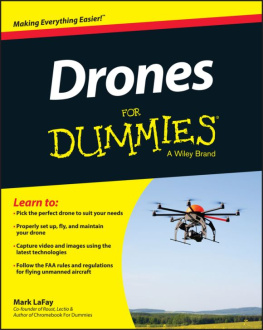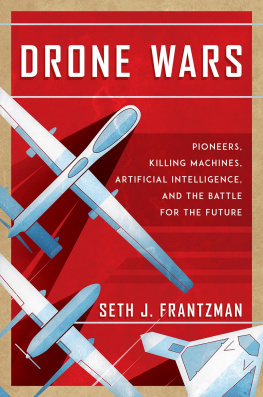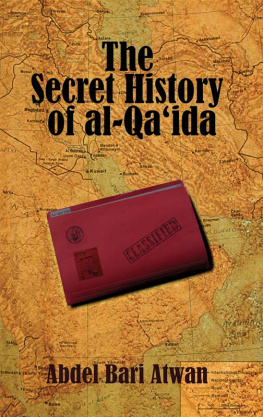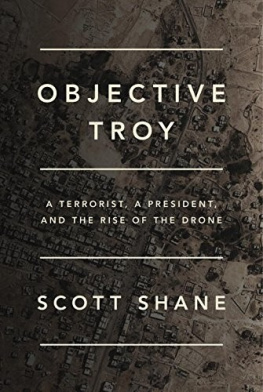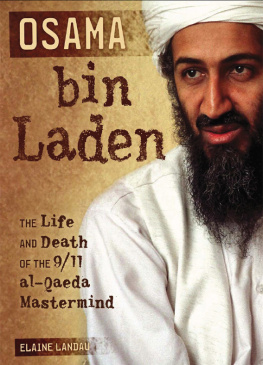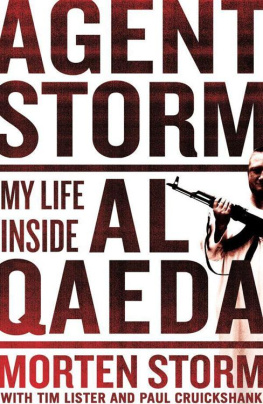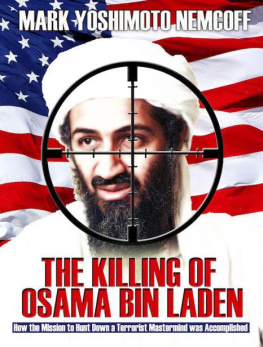First published in Great Britain by Allen & Unwin in 2016
This edition published by arrangement with Dutton, an imprint of Penguin Publishing Group, a division of Penguin Random House LLC.
Copyright 2015 by Thomas Mark McCurley
All rights reserved. No part of this book may be reproduced or transmitted in any form or by any means, electronic or mechanical, including photocopying, recording or by any information storage and retrieval system, without prior permission in writing from the publisher.
The moral right of Thomas Mark McCurley to be identified as the author of this work has been asserted by him in accordance with the Copyright, Designs and Patents Act of 1988.
Allen & Unwin
c/o Atlantic Books
Ormond House
26-27 Boswell Street
London WC1N 3JZ
Phone: 020 7269 1610
Email:
Web: www.allenandunwin.com/au
A CIP catalogue record for this book is available from the British Library.
Paperback ISBN 978 1 76029 226 3
E-book ISBN 978 1 92557 549 1
Internal design by Spring Hoteling
Cover design: Steven Meditz
Cover images: Getty/Shutterstock
FOR MY CHILDREN
I am an operator.
I am not a door kicker. I do not fast rope, rappel, or jump out of airplanes. Never have I been called upon to assault any position, be it fixed or fluid, though I have been trained to do so. I do not claim to be like the SEALs or Special Forces. That wasnt my career path.
But I am still an operator. A fighter.
In 2003, more than a decade into my Air Force career, I faced a third consecutive assignment to a noncombat unit. I volunteered for the only combat job available to me at the timethe RQ-1 Predator. Dog, my squadron commander, looked sidelong at me when I made my request. A crusty, old-school fighter pilot, he shared the same belief as the rest of the Air Force, and even myself.
Predators were for chumps.
Mark, are you sure you want this? he asked.
Dog deeply cared about his people and would cheerfully work any assignment for me if I truly desired it.
This wont be good for your career.
Careerism had never been my goal. I had long ago elected to deviate from the normal, expected path and bounce from aircraft to aircraft with each assignment. The Air Force expected officers to stick with one aircraft their whole careers. Each community told me the same thing. A change would be bad for my promotion opportunities.
Sir, I said. I just want to get into the fight. Do my part.
I had felt that way since September 11. I had been leading a T-6A formation sortie over Valdosta, Georgia, when the Federal Aviation Administration directed us to land. The controller was both curt and professional, but it was unusual since military often were exempted from such directives.
After wed landed, our engines had barely spun to a stop before the excited crew chief ran up to us, asking if we had heard the news. Someone had flown an airplane into the World Trade Center. At first, we had reacted skeptically. After all, inexperienced pilots flew their little aircraft perilously close to the towers all the time. Sightseers did stupid things like that.
But, when Id gotten to the 3rd Flying Training Squadron duty desk, I joined two dozen instructor pilots and students huddled around the screen watching clips of an airliner barreling into the first tower.
The video repeated and repeated. And then it changed. It was subtle at first, then nightmarishly clear. The LIVE icon flashed as the airliner plunged again into the tower. Another aircraft thundered into the second tower. We all knew one hit was an accident. Two was intentional.
We were in a war unlike any other fought by the United States. And I wanted to do my part.
Dog sighed.
All right, Ill work this for you.
Thank you, sir.
Hunter Killer is the story of an extraordinary group of young men and women with whom I had the honor to serve from 2003 through 2012. It is also the story of the Predator and its evolution from an aviation backwater joke to the tip of the spear in the war against terrorism.
In this book, I use only tactical call signs (nicknames) or first names to protect the identities of the pilots and crew. Certain senior leaders whose identities are already in the public domain are mentioned by name. Radio call signs for aircraft, units, or persons have been documented as accurately as my memory can manage. Some tactical call signs have been modified to ensure security of those entities still in harms way.
Ive taken great pains not to include details of any ongoing missions. I have also endeavored to protect specific tactics and procedures currently used by our crews as they continue to fight.
Hunter Killer is written from my point of view. This is a ground-level perspective of life in the remotely piloted aircraft community. I have strived to accurately portray events as they occurred, but the fog of war may have clouded how I perceived actions or remembered details. Any errors in the text are mine. Additionally, any opinions articulated here are also my own and do not represent the views of the United States Air Force, Department of Defense, or United States government. This story was written to honor the small cadre of aviators, the operators, who fought and continue to fight a war deep in the shadows.
Hunter Killer is their story.
We have just won a war with a lot of heroes flying around in planes. The next war may be fought by airplanes with no men in them at all.... Take everything youve learned about aviation in war, throw it out of the window, and lets go to work on tomorrows aviation. It will be different from anything the world has ever seen.
General Henry Hap Arnold, US Army Air Forces, V-J Day, 1945

The phone rang in the squadron operations center and I snatched it after the first ring.
It was my private line direct to the Joint Task Force based at Camp Lemonnier in Djibouti. Wed been tracking a high-profile target and I had a feeling this was the call wed been waiting for, for weeks.
Squirrel here, I said.
On the line was the Predator liaison officer, or LNO. He worked for the Joint Operations Center (JOC) commander. His job was to coordinate Predator missions in the region. My squadron provided the Predators to keep watch and strike suspected terrorists and pirates.
Launch, the liaison officer said.
How many?
All three, he said.
Three Predators equipped with two AGM-114 Hellfire missiles each waited on the ramp. The planes were in alert status, ready to take off at a moments notice. The phone line wasnt secure enough to confirm it, but I knew one thing as I hung up the phone.
Today, the wolf pack hunted.
It was September 30, 2011. I was the commander of the 60th Expeditionary Reconnaissance Squadron at Camp Lemonnier, which was built by the French Foreign Legion in Djibouti. The country was a former French colony with oppressively hot weather and few assets save its location northwest of Somalia and across the Gulf of Aden from Yemen. It was prime strategic real estate for American counterterror operations.
Camp Lemonnier shares the single runway at Djibouti-Ambouli International Airport, on the outskirts of Djibouti City and close to the only major seaport servicing East Africa. Following the September 11 attacks, the United States leased it from the Djiboutian government for thirty-eight million dollars a year in order to establish a conduit for its humanitarian operations in the interior. The Marines were the first Americans at the base in 2002 and quickly established a small base capable of airlift operations. The mission of the Combined Joint Task ForceHorn of Africa quickly grew to include intelligence-gathering operations throughout East Africa. A few years later, the JOC stood up to address the growing terrorism threat in the region and across the Gulf of Aden in the Arabian Peninsula.


